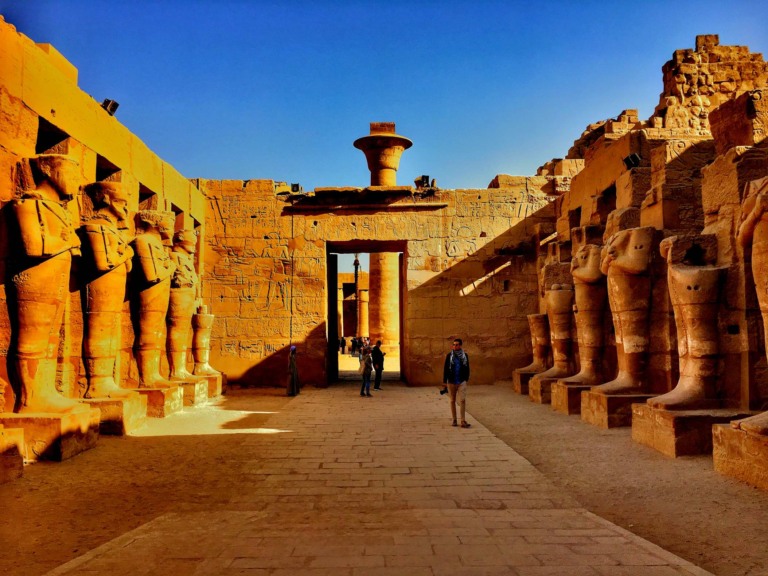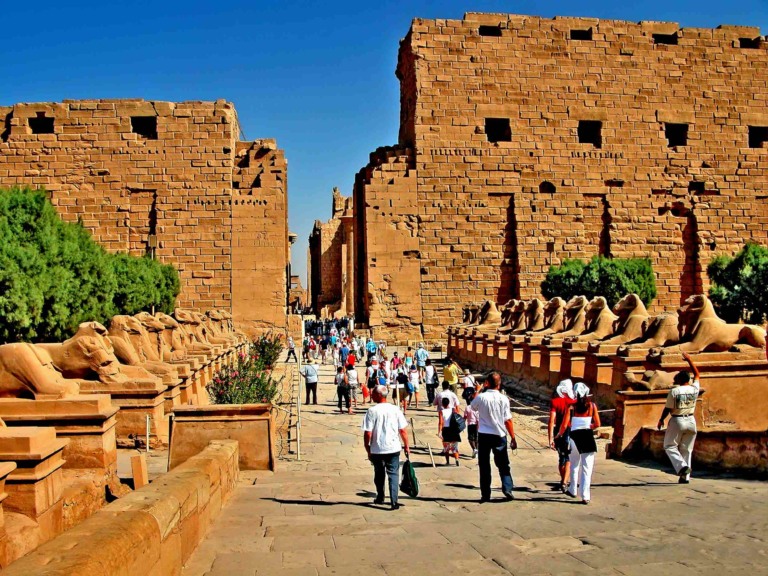Valley of the Queens

The Valley of the Queens, also known as Biban el-Harim in Arabic, is a significant archaeological site located on the west bank of the Nile River in Luxor, Egypt. It is situated near the Valley of the Kings and is renowned for being the burial place of many queens, princesses, and other members of the royal families of ancient Egypt. This site, part of the ancient Theban Necropolis in Egypt, shares UNESCO World Heritage status with neighboring sites like the Valley of the Kings, Luxor, and Karnak, a recognition received in 1979. It served as the final resting place for queens and select royal children during the 19th and 20th dynasties of ancient Egypt, spanning from 1292 to 1075 BC. Here are some key points about the Valley of the Queens:





